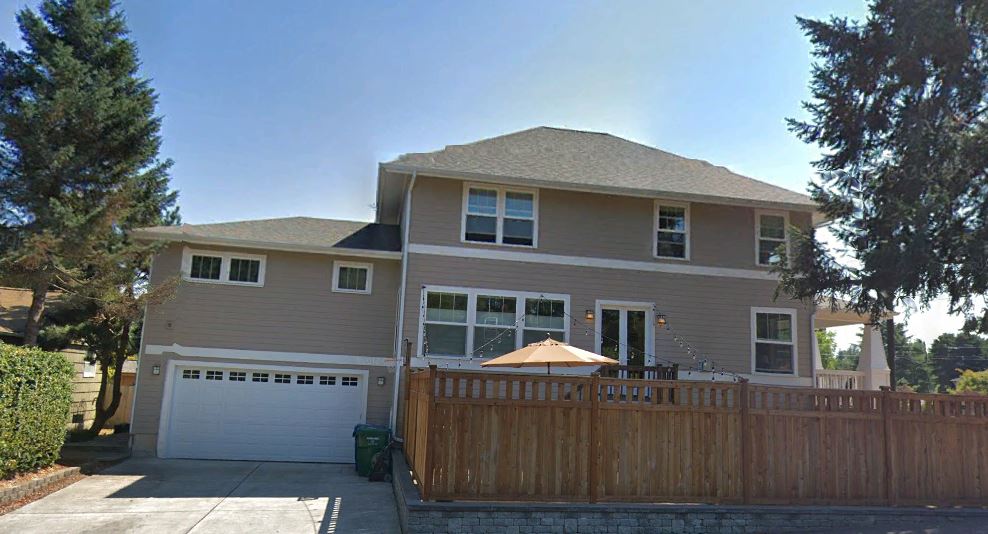Roof Repair Cost Minor & Major Repairs
Roof repairs can be a costly part of your non-standard home maintenance, and this kind of roof repair is not one that can be ignored for long. The longer you allow a leak in your roof or any other type of damage to go unchecked, the worse the costly damage will become. Taking care of the situation promptly is your best bet to keep the bill at a reasonable level.
Doing it Yourself
There is something to be said for making the repairs to your roof with your own two hands. It can be satisfying to know that when your roof begins to leak, you can handle it for yourself. However, there are also hazards to know about before you get up there.
Do you know how to perform proper roof repair in Seattle? Do you know what kinds of materials you are going to need, and what is legally mandated in your area? Do you know how to find the precise area of damage, and eliminate all of it? Would your insurance protect you from an even larger medical bill if you were to fall off the roof and get injured? Ouch. Handling the repairs for yourself may save money on labor, but an injury could cost you far more in medical bills and lost work.
Small Repairs
In some cases, you can catch a roof repair task before it has gotten too bad. In the case of small leaks that are caused by a flashing issue or a few shingles that have blown off, you may be able to escape with only a few hundred dollars worth of expenses.
Your main cost will often be to locate the area where the repair needs to be made. Often, smaller roof leaks are difficult to see during their initial stages. Since most roofs are gabled, your roofer may need to physically check the entire roof to see where some shingles have gotten loose, or where something has caused a hole to form in them. Water may be running underneath your shingles and causing damage below in an entirely different area from where the initial leak is happening.
Your materials and labor in these cases can typically run in the under-$1,000 level, but this is primarily if it has not yet become a drywall or mold issue. As the damage continues to happen with each rain or snow, the costs will steadily climb. See one of our best articles on How To test Your Roof For Leaks
Significant Repairs
If there has been a slow leak that is not noticeable under normal circumstances, mold can develop on joists, in your decking under the shingles, or even in your attic. This mold will weaken wood, which will often need to be replaced. Failing to do this can result in structural failure above your home.
Replacing a significant number of shingles can lead to a total shingle replacement, which can run into several thousand dollars. This may involve replacing some of your decking, or it may not. In either case, you are either looking at potentially several thousand dollars in removal and replacement costs, or much greater costs down the line.
It is almost always the smarter decision to hire a professional roofer to take care of all damages regarding the roof of your home. Aside from the annoying leaks, your family’s health can be endangered if mold starts to appear. Don’t take the chance, and call a professional to handle the dirty work.
Related Posts:
Pros and Cons of Do It Yourself Roof Repair Work
How to Fix Roof Leaks & Broken Shingles
source https://roofingspecialistsnw.com/roof-repair-cost-minor-major-repairs/









